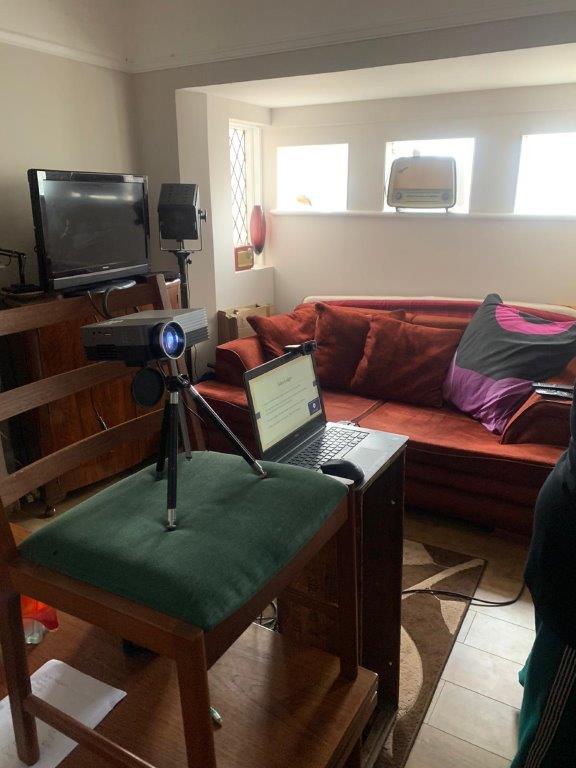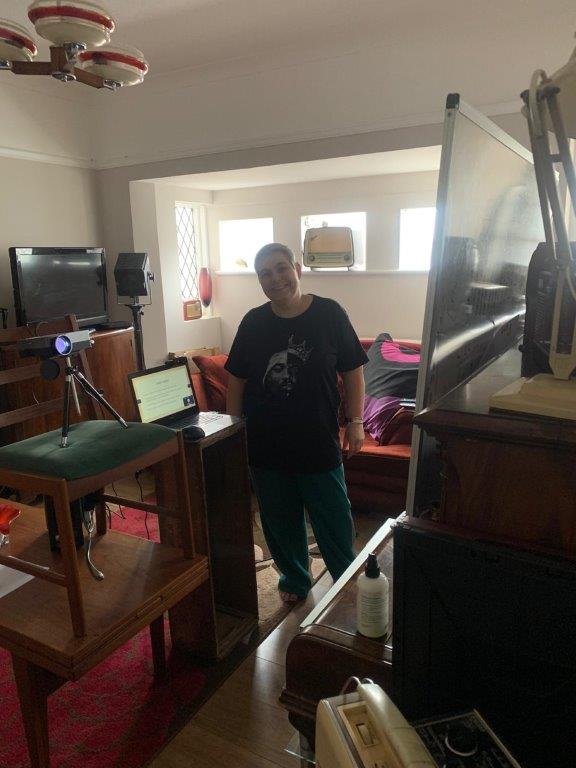When the first lockdown was announced in March with very little notice, USP College, along with every other educational establishment in the country, faced the huge challenge of having to change the way that teaching was delivered. It had to be done quickly and efficiently to try to ensure minimal impact on the students.
Across both campuses, all teaching staff regularly receive on-going training and development to increase their skill set and utilise new technology, but without doubt this would be a huge task and teachers could be forgiven for feeling anxious and worried about how they were to achieve it.
The leadership team at USP College actively encourage and support all staff to continuously learn and develop their skills. Teachers attend weekly CPD training afternoons, an annual Industry Skills Day along with additional CPD days.
At a time when an increasing number of lessons are being taught virtually, this focus of allowing teachers to find new ways of improving teaching practices has never been more relevant.
This importance that the College places on this is demonstrated by the dedicated Teacher Development Centre, and the Supported Experiments programme which offers the opportunity for teaching staff to test a hypothesis to improve learning outcomes.
At the core of this is the Tip Programme, which focuses on the continuous training and sharing of ideas and techniques to improve the student learning experience. Every subject department has a TIP, Teaching Improvement Practitioner, and it is their responsibility to support the teaching staff both as a point of contact if they have any concerns and equally to share new ideas.
Business and Accounting teacher Ruth Lamb has worked as a Teaching Improvement Practitioner for many years. She took it upon herself to find a way that would ensure students received as similar an experience to classroom teaching as possible with both the teaching and the learning undertaken virtually from home.
This focussed on:
- How best to approach teaching through a camera
- Understanding and minimising the distractions students would face at home
- Maintaining student interest and engagement
- Ensuring the full curriculum was delivered so that students were up to date and prepared for examinations
- Supporting teachers across all subjects for whom this would be unknown territory.
Ruth created a dialogue on the college training platform using Microsoft Teams and offered advice to all teaching staff along with ideas to help make the transition as smooth as possible. All staff have the opportunity of 1-2-1 individual teaching tutorials and access to online distance learning support. Of course the early days saw some teething issues but over time practices have been updated and student feedback is very encouraging.
Ruth’s online lessons were extremely useful in the circumstances. She used a whiteboard as if we were in the class. Ruth explained everything really well and made her lessons enjoyable and kept us all engaged. Ruth’s online lessons were the best online lesson I had and she has an amazing way of teaching.
To create a proper teaching space, the family garage was taken over and an interactive white board added. This meant that Ruth could utilise much of the technology her students already enjoyed including platforms such as:
- Padlett - used as a notice board where documents, links and videos can be viewed
- Nearpod - ideal for group activities using visual graphics, slides and collaboration boards
- Socrative - a student response system ideal for group quizzes
- Kahoot - accessed via a pin number, this offers the option of creating breakout rooms for small groups of two or three students, emulating exactly how they would be learning if all together in a classroom.
One of the main challenges for students who are learning virtually at home is in maintaining that vital opportunity of communication with their fellow peers, working on a task or even helping each other out when someone is struggling to understand a concept. Utilising the above platforms, amongst others, provides that opportunity and helps keep students engaged and, importantly, enjoying their lesson.
Ruth herself is very modest about her achievements during the pandemic, saying:
“I’m just doing my job. You simply have to get on with it and find a solution to keep the students engaged and a way around the problem.”
"I’m just doing my job. You simply have to get on with it and find a solution to keep the students engaged and a way around the problem."
Eight months on, as the country enters another lockdown, this time things are a little different. Colleges and schools are open and in the main most students can attend lessons normally in the classroom. For those that are unable to do so, they can simply log on from home and experience the live classroom and interact with fellow classmates.
Importantly students and parents are much more familiar with the whole process and it is now second nature to learn through a laptop or computer screen. Students should also be congratulated for embracing this new normal
The College is better prepared should we have to enter a full lockdown again and there will be minimum disruption to their teaching with processes and training already in place to support them working from home delivering teaching to students on site in a classroom.
I found Ruth’s online lesson one of the most enjoyable lessons I had while we was off. She had several ways of teaching which kept the class focussed and stopped us from getting bored. Her ways of teaching included using a whiteboard which allowed us to engage with her lessons and allowed us to continue our learning in those hard times. Ruth’s lessons stood out from my other lessons and I am glad we were able to continue our learning.




